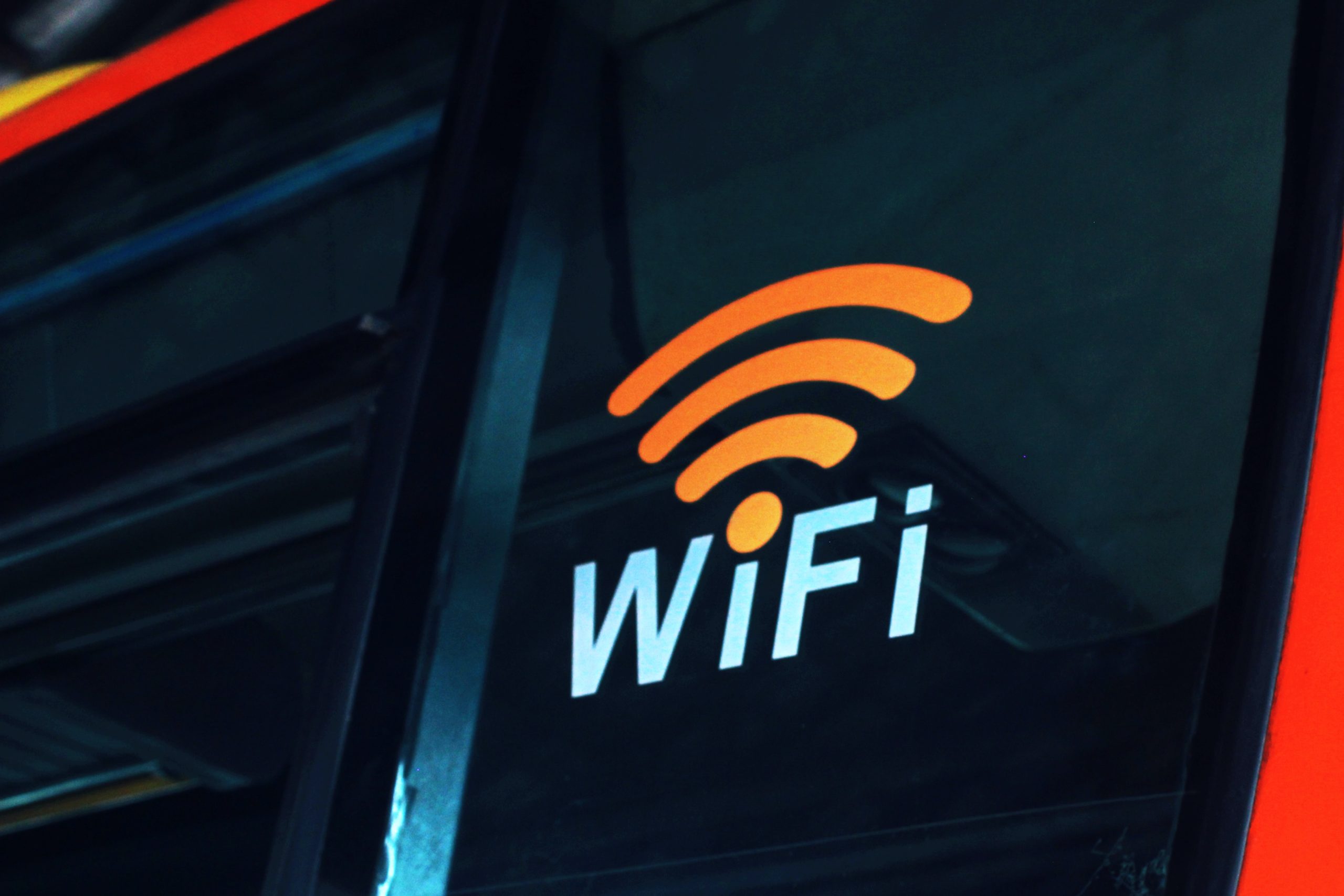Since the dawn of the internet, one of the biggest questions has been: Ethernet or Wi-Fi? While both technologies have their advantages and disadvantages, it can be tricky to know which one is better for you. In this blog post, we will explore the differences between the two in order to help you make an informed decision. We will look at things like speed, range, security, and more. By the end, you should have a better understanding of which technology is best for your needs.
What’s the difference between a Wi-Fi and Ethernet connection
A Wi-Fi connection uses a wireless signal to connect your devices to the internet, while an Ethernet connection uses a physical cable to connect your devices to the internet.
Wi-Fi is the most common way to connect devices to the internet wirelessly. It’s convenient because you don’t have to physically connect your device to a router or modem with a cable. Wi-Fi is also generally faster than other wireless technologies and has a longer range.
Ethernet is another way to connect devices to the internet. It’s typically faster than Wi-Fi and has a shorter range. Ethernet is most commonly used in hardwired home networks, office networks, and data centers.
Best reasons to use an Ethernet connection
An Ethernet connection is a physical connection that uses cables to connect your computer to the internet. An Ethernet connection is typically faster and more reliable than a Wi-Fi connection.
Here are some of the best reasons to use an Ethernet connection:
1. Higher speeds: An Ethernet connection can offer speeds of up to 10 Gigabits per second (Gbps), while the best Wi-Fi speeds are only around 1 Gbps.
2. More reliable: An Ethernet connection is less likely to be affected by interference from other devices or objects, as it uses a physical cable instead of wireless signals.
3. More secure: As an Ethernet connection is a physical connection, it is more difficult for someone to intercept and eavesdrop on your data than if you were using a Wi-Fi connection.
Best reasons to use a Wi-Fi connection
One of the best reasons to use a Wi-Fi connection is that it is usually much faster than a wired connection. Wi-Fi connections can typically handle more data than a wired connection and they are also less likely to experience interference from things like walls and other electronic devices.
Another great reason to use Wi-Fi is that it is much more convenient than a wired connection. With Wi-Fi, you can easily connect to the internet from anywhere in your home or office without having to worry about running cables through walls or under floors.
Finally, Wi-Fi is also generally more secure than a wired connection. With a Wi-Fi connection, all of your data is encrypted and sent over a secure wireless network which makes it much harder for hackers to eavesdrop on your activities or steal your personal information.
Is Ethernet faster than Wi-Fi
Ethernet and Wi-Fi are both popular networking technologies that have their own advantages and disadvantages. So, which one is better?
Ethernet is a wired technology that uses cables to connect devices to the network. It is typically faster than Wi-Fi, but it can be more expensive and difficult to install.
Wi-Fi is a wireless technology that uses radio waves to connect devices to the network. It is usually less expensive than Ethernet, but it can be slower and more prone to interference.
So, which one should you choose? It depends on your needs. If you need a fast and reliable connection, then Ethernet is a good choice. If you need a cheaper and easier-to-install solution, then Wi-Fi might be a better option.
How to improve your connection
There are a few things you can do to improve your connection, no matter which type of network you're using. Try these tips:
- Place your router in a central location in your home or office.
- Avoid putting your router near large metal objects, like filing cabinets or refrigerators.
- Keep your router away from interfering devices, like microwave ovens or baby monitors.
- Make sure there's adequate ventilation around your router.
- If you're using Wi-Fi, choose a channel that isn't being used by a lot of other networks in your area.
How to solve connection issues with Wi-Fi
If you're experiencing connection issues with your Wi-Fi, there are a few things you can do to try and solve the problem. First, check to make sure that the Wi-Fi router is turned on and that all the cables are securely connected. If everything looks good there, try restarting your computer or mobile device.
If you're still having trouble, the next thing to try is moving closer to your router. If that doesn't work, you may need to change the channel that your router is using. You can usually do this from the router's settings page. If you're still having trouble after trying all of these things, it's possible that there's something wrong with your Wi-Fi hardware or software and you'll need to get help from a professional.
How to solve connection issues with Ethernet
If you're experiencing connection issues with your Ethernet connection, there are a few things you can try to resolve the issue.
First, check to see if your Ethernet cable is properly plugged into both your computer and your router. If it's not, plug it in and see if that solves the problem.
If that doesn't work, try restarting both your computer and your router. Sometimes this can clear up any issues with the connection.
If you're still having trouble, you can try resetting your router. This can usually be done by pressing a small reset button on the back of the router.
If none of these solutions work, then you may need to contact your ISP to troubleshoot the issue further.


